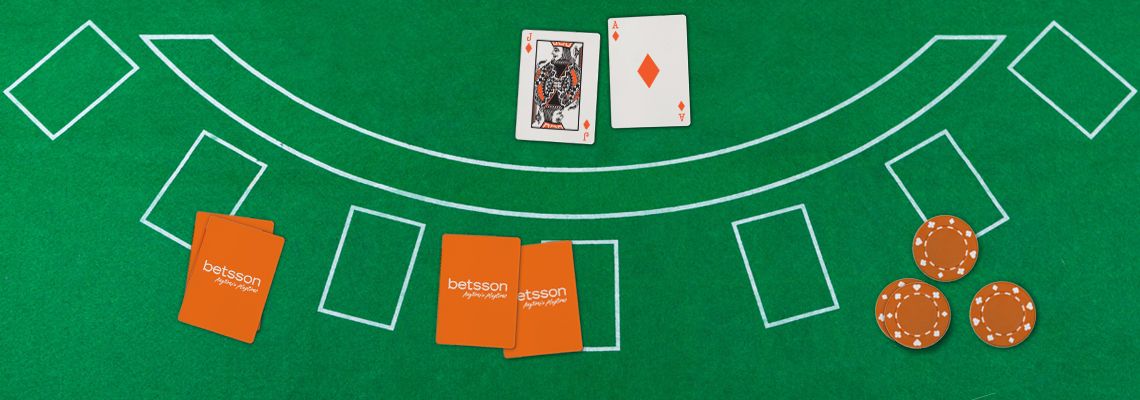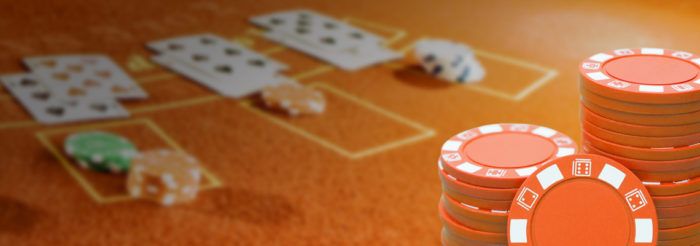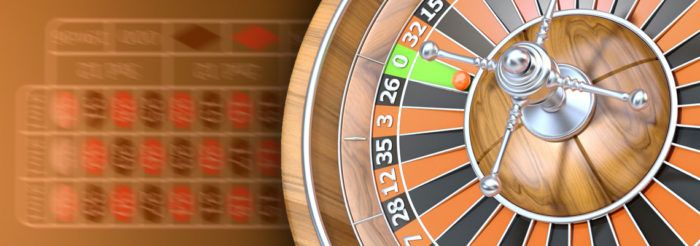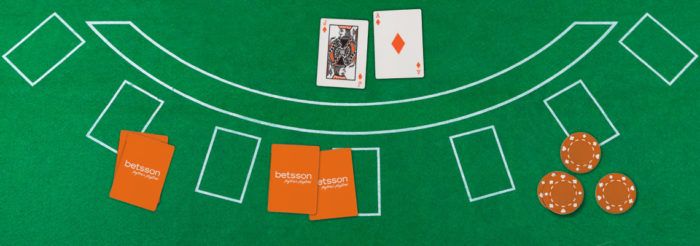Reducing the House Edge in Blackjack: A Beginner’s Guide
Playing and mastering blackjack are two entirely different things. Mastery of blackjack starts with understanding the house edge and recognizing how it can impact your game. Understanding the house edge is vital for becoming a player that is capable of taking on the house. Without further ado, let’s delve into how to reduce the house edge!
This guide will also show you the ins and outs of the house advantage, blackjack odds and blackjack strategy. You’ll be ready to sit at the table and take on the dealer after you’ve read this!
What is the House Advantage?
The house edge is the mathematical advantage that a casino has over its players. This edge varies from game to game, and is normally represented as a percentage and denotes the amount of return that the house can expect to receive over time. It also represents the percentage of losses that the player will likely incur.
Let’s say that the house has an edge of 5% in a particular game. If a player bets €100, then the house will likely earn €5, while the player will likely lose €5. This does not mean that the player can’t win more or turn a profit – it merely means that the house will take some money at the end.
What Percentage is the House Edge in Blackjack?
The house edge in blackjack is low relative to other games, with it being as low as 1% when a basic blackjack strategy is implemented.
In blackjack, the house edge comes from the dealer having a hidden card about which the player has to make assumptions. In addition, if the player busts, the dealer wins, even if they then bust in the same round. Learning blackjack odds and strategy makes this less of an issue.

Blackjack Odds
Admittedly, learning blackjack odds is a little more difficult than it is for other casino games. This is down to the randomness of the draw and the number of different combinations. Nevertheless, there are some ways of determining the odds of drawing specific cards. The initially probability of drawing a card of any value is 7.69%, based on there being 13 different possible options.
However, seeing as Jacks, Queens and Kings all have a value of 10 in blackjack, the odds of drawing a card valued at 10 is 4/13, which is a probability of 30.7% in percentage terms. As a result, the house edge can be reduced simply by having an idea of the odds of drawing certain cards. For example, if you happen to draw a Jack and a King, then you know that the odds of drawing yet another 10-value card are much reduced.
Reducing the House Edge in Blackjack
There are a variety of ways to reduce the house edge in blackjack. As previously mentioned, the simplest is to learn a basic blackjack strategy and commit it to memory before you play. A basic blackjack strategy is a set of rules, usually presented in a chart, which tells you how to play your hand after it is dealt. For example, if you are dealt a soft 17 (Ace, six), the chart compares it to the dealer’s upcard and informs you of how to act. In some cases, using a basic strategy can reduce the house edge to just 0.5%! If you want to lower the house advantage, studying the basics of blackjack strategies is a good place to start.
In addition to basic strategy charts, several strategies have been developed to reduce the house edge in blackjack even further. Unlike the basic charts, which only focus on the total value of your hand, these strategies look at what cards make up your hand and give specific actions depending on the cards – they’re called composition-dependent strategies.
Here’s an example. If you have 16 and the dealer has 10, depending on the composition of your hand there are a number of different options. For instance, if you had three separate hands that all equaled 16, with the first comprised of a 10 and a six, the second of nine and seven, and the third of four, five, and seven. If you followed basic blackjack strategy, you’d hit on all these hands, but with a composition-dependent strategy, you don’t hit on the final hand. This is because it is made up of low-value cards that would otherwise be needed to make a pat hand (under 21) from 16. The blackjack odds of drawing a low-value card are much lower than with the other two hands.
In most cases, by using a composition-dependent strategy along with the existing basic strategy charts, it’s possible to reduce the house edge to as little as 0.18%, which is practically nothing!
Hopefully, you’re now fully informed of what the house advantage is, how it applies to blackjack, and the steps you can take to reduce it. If you think you’re ready to put the new knowledge to the test, why not play on one of our online blackjack tables!








